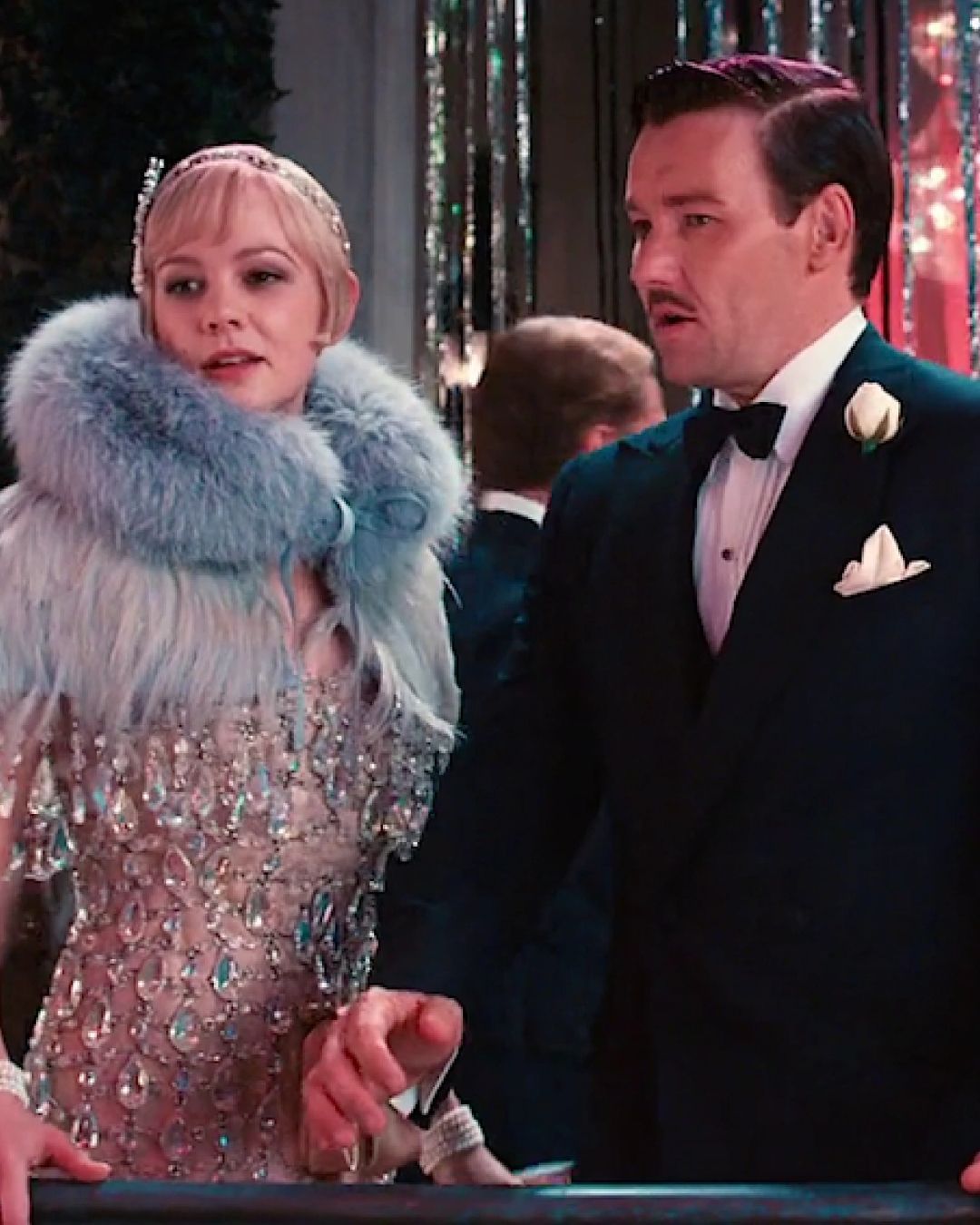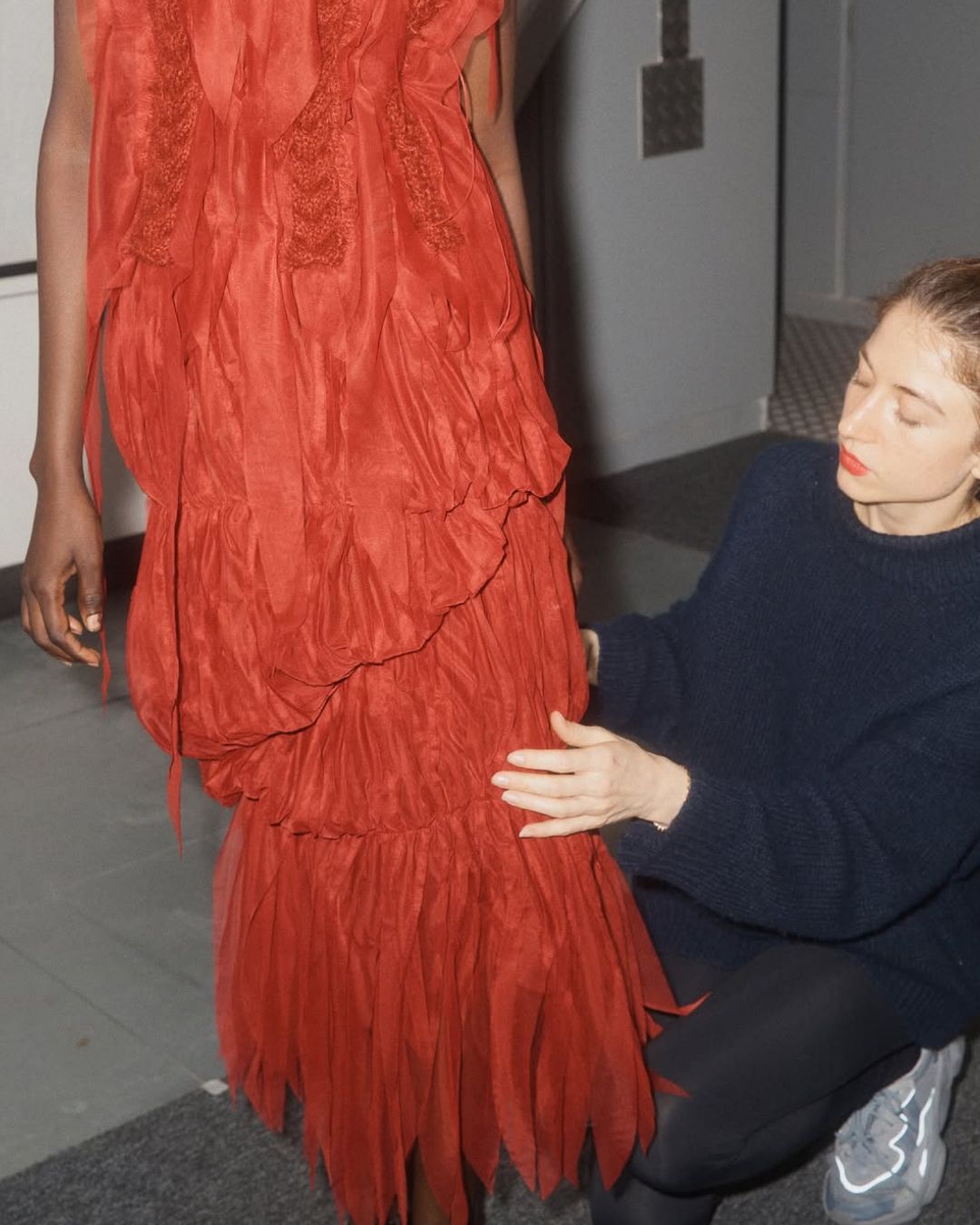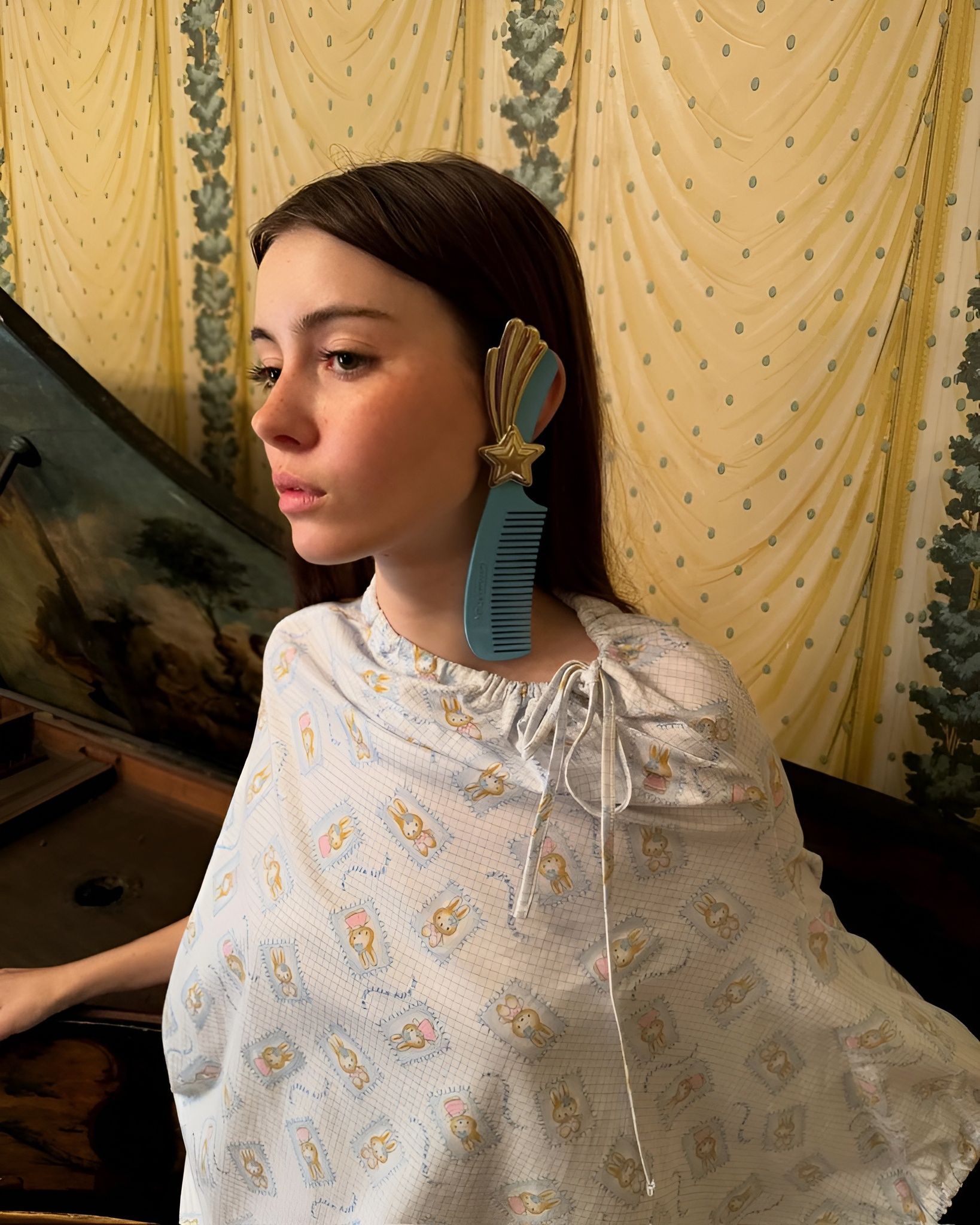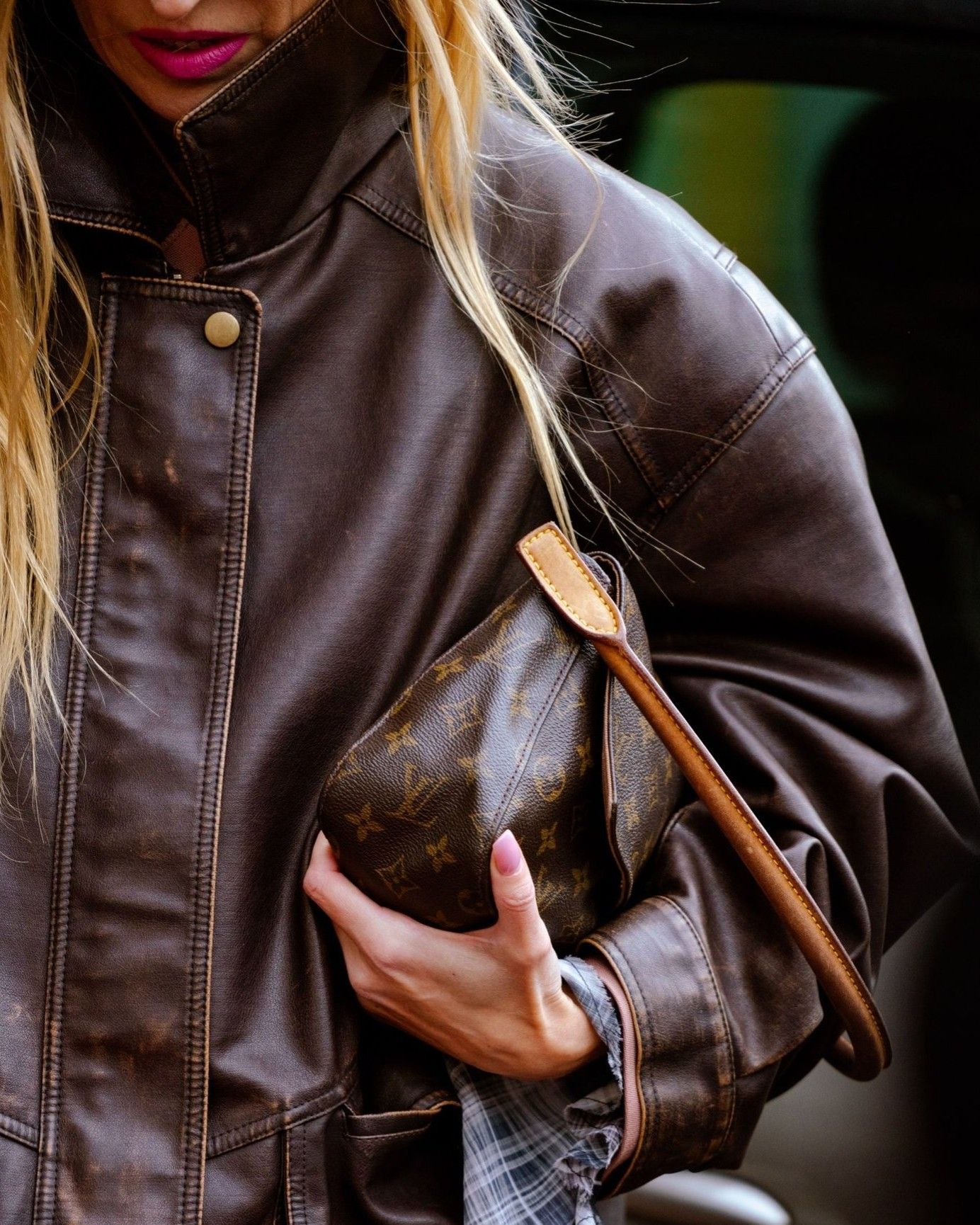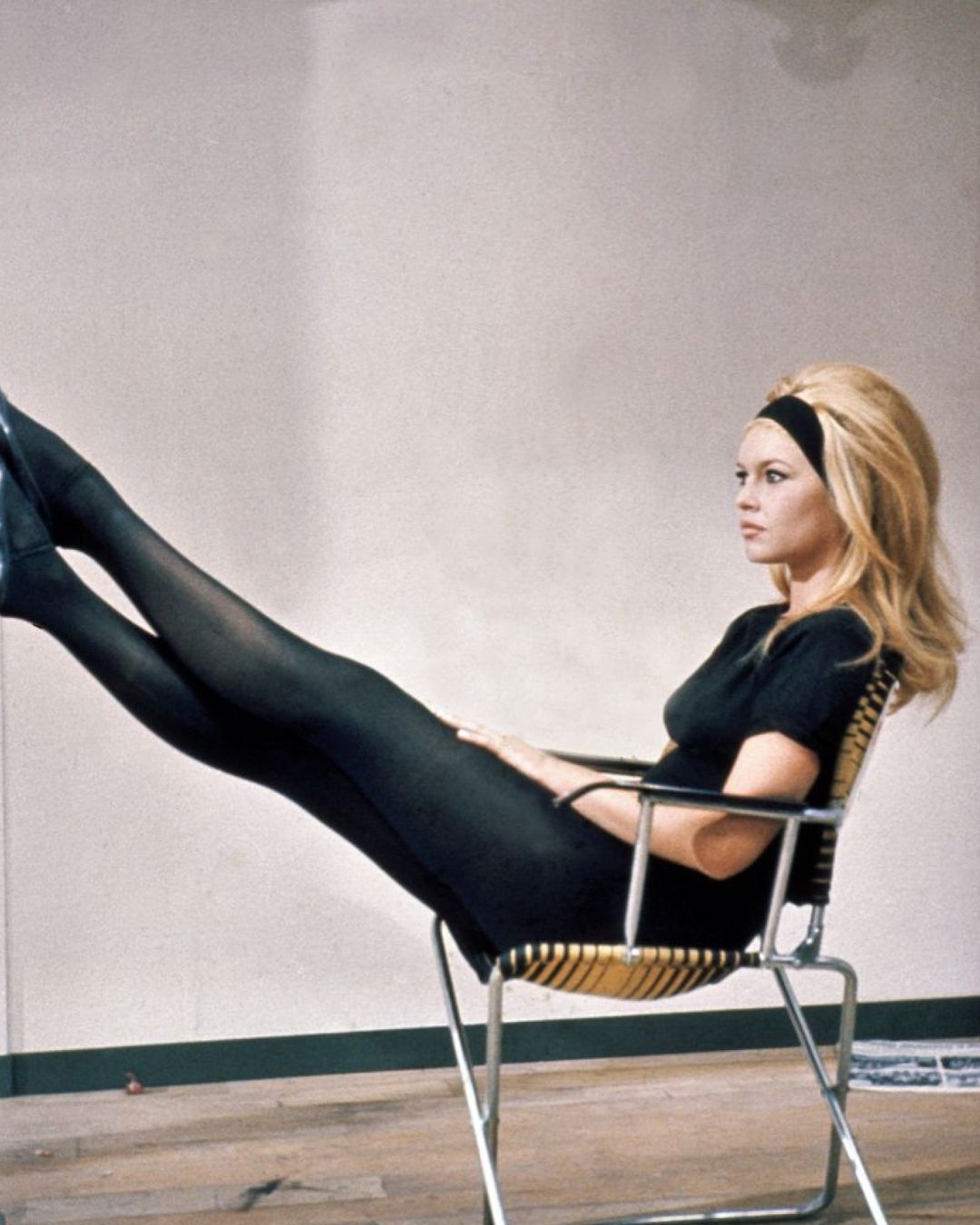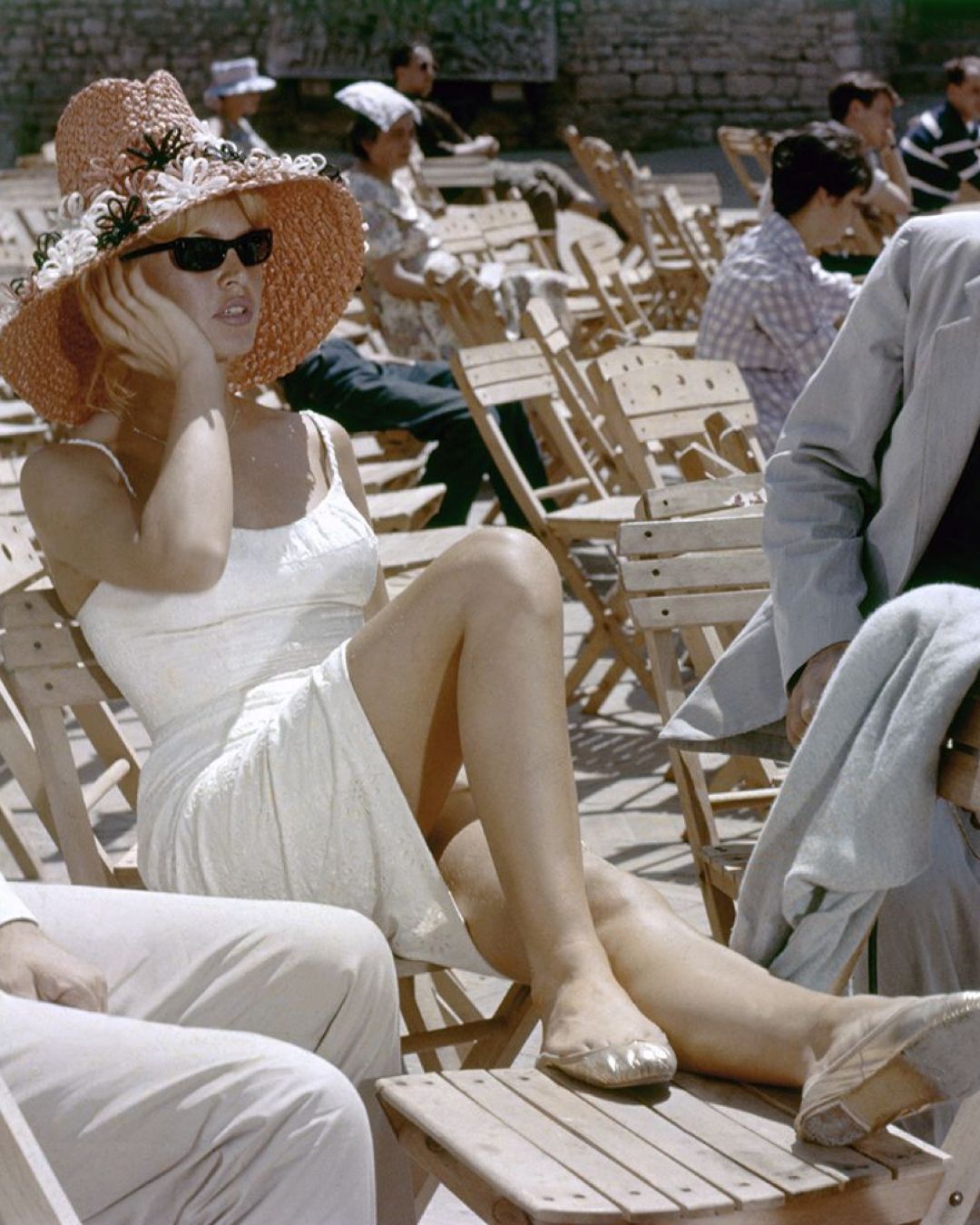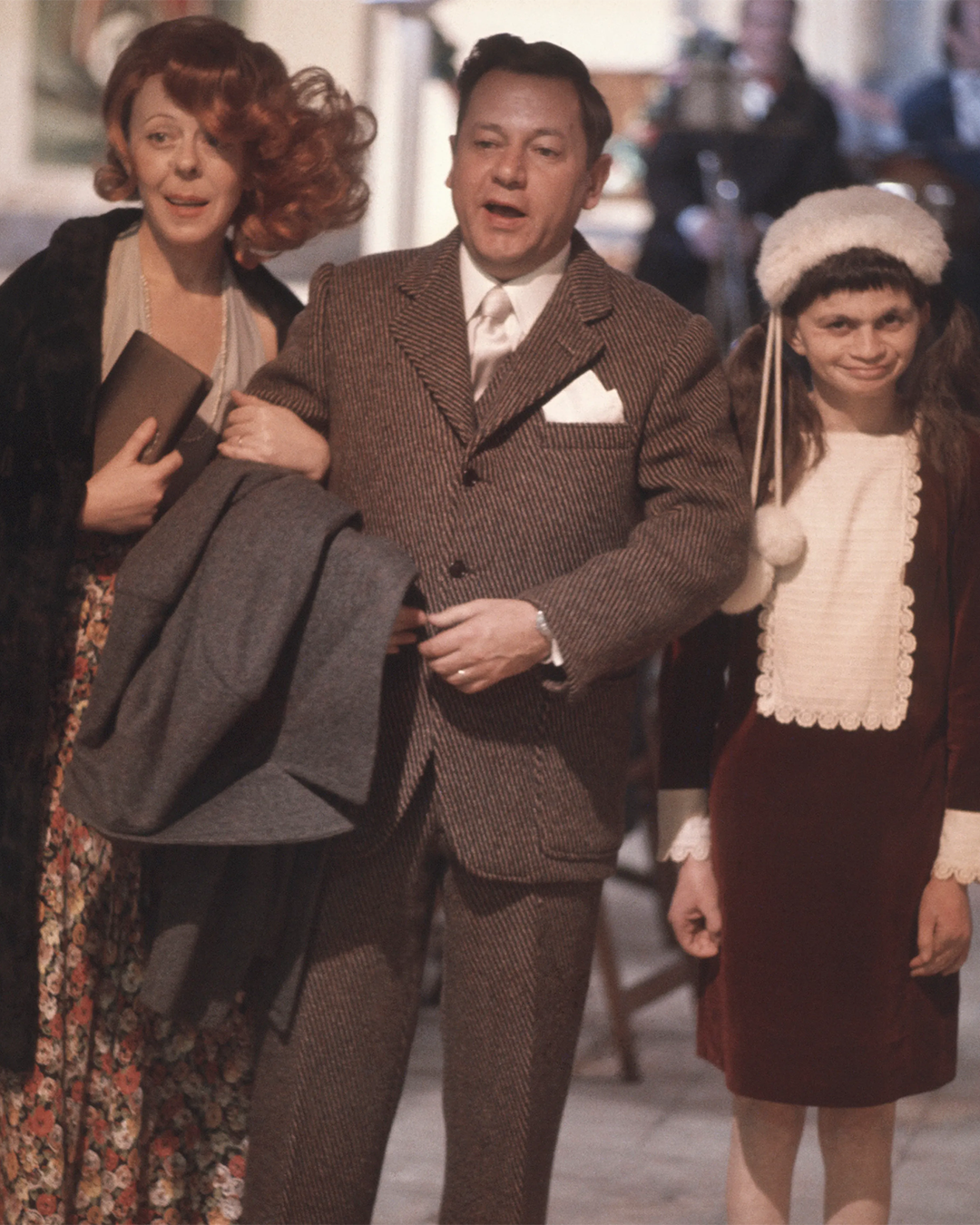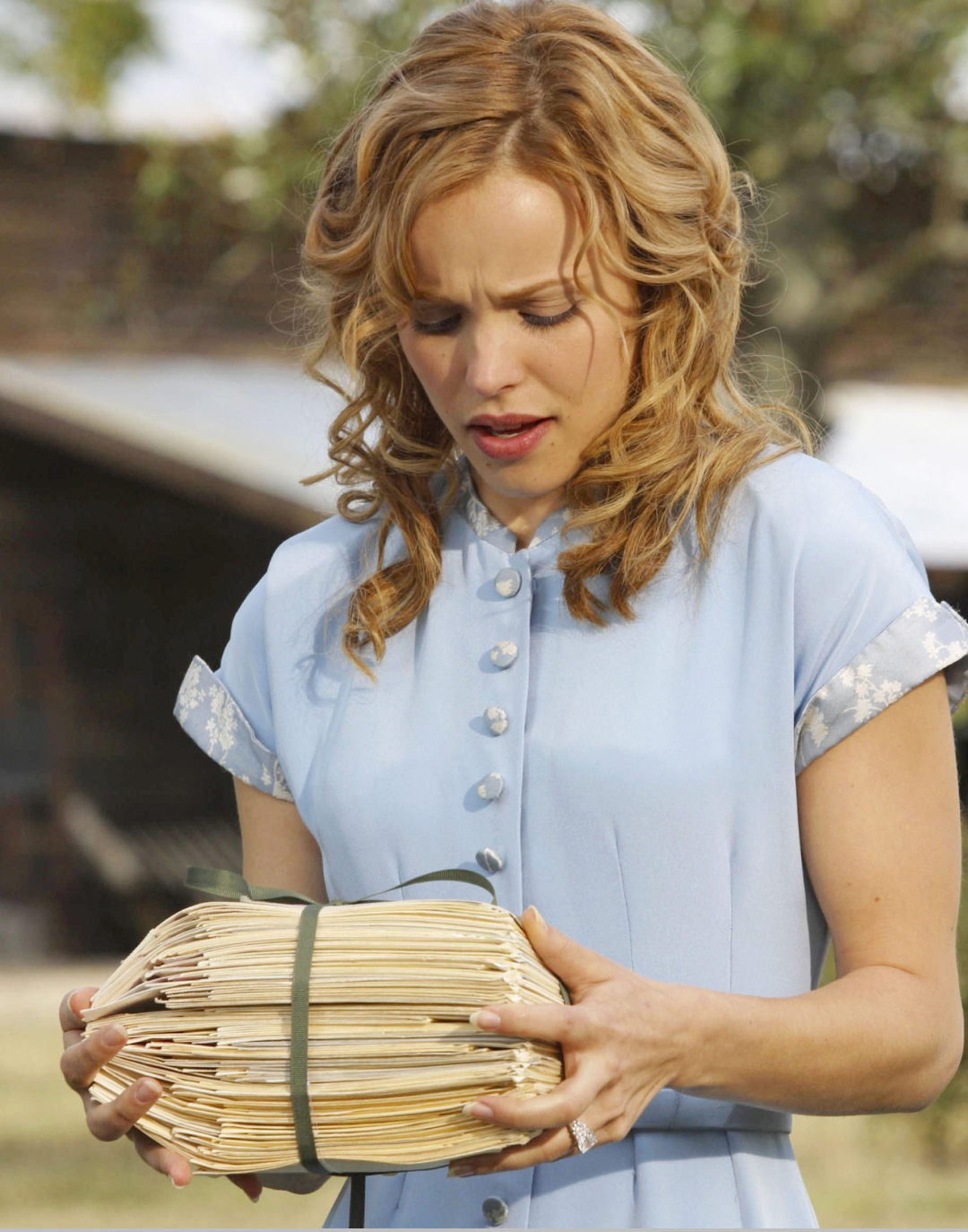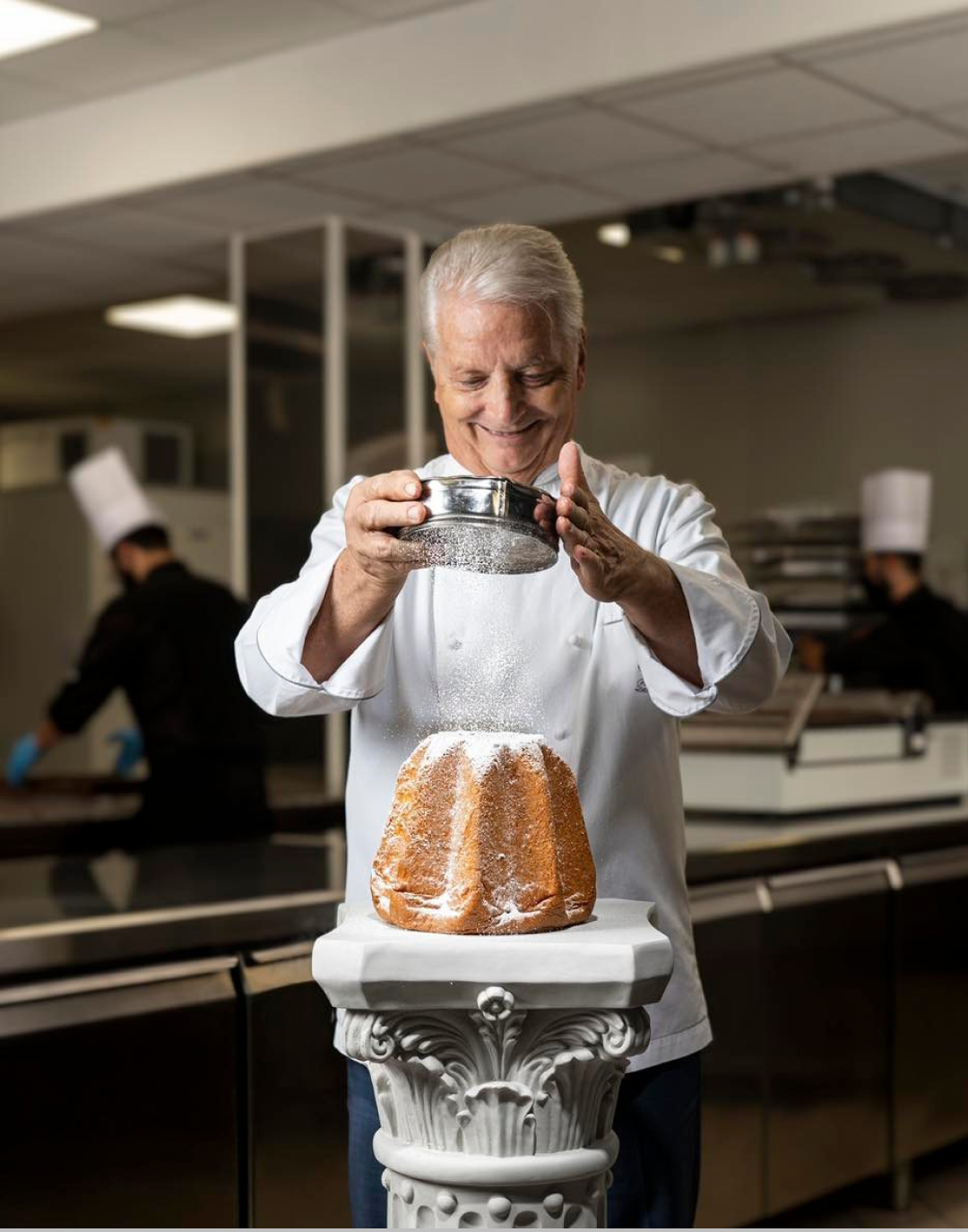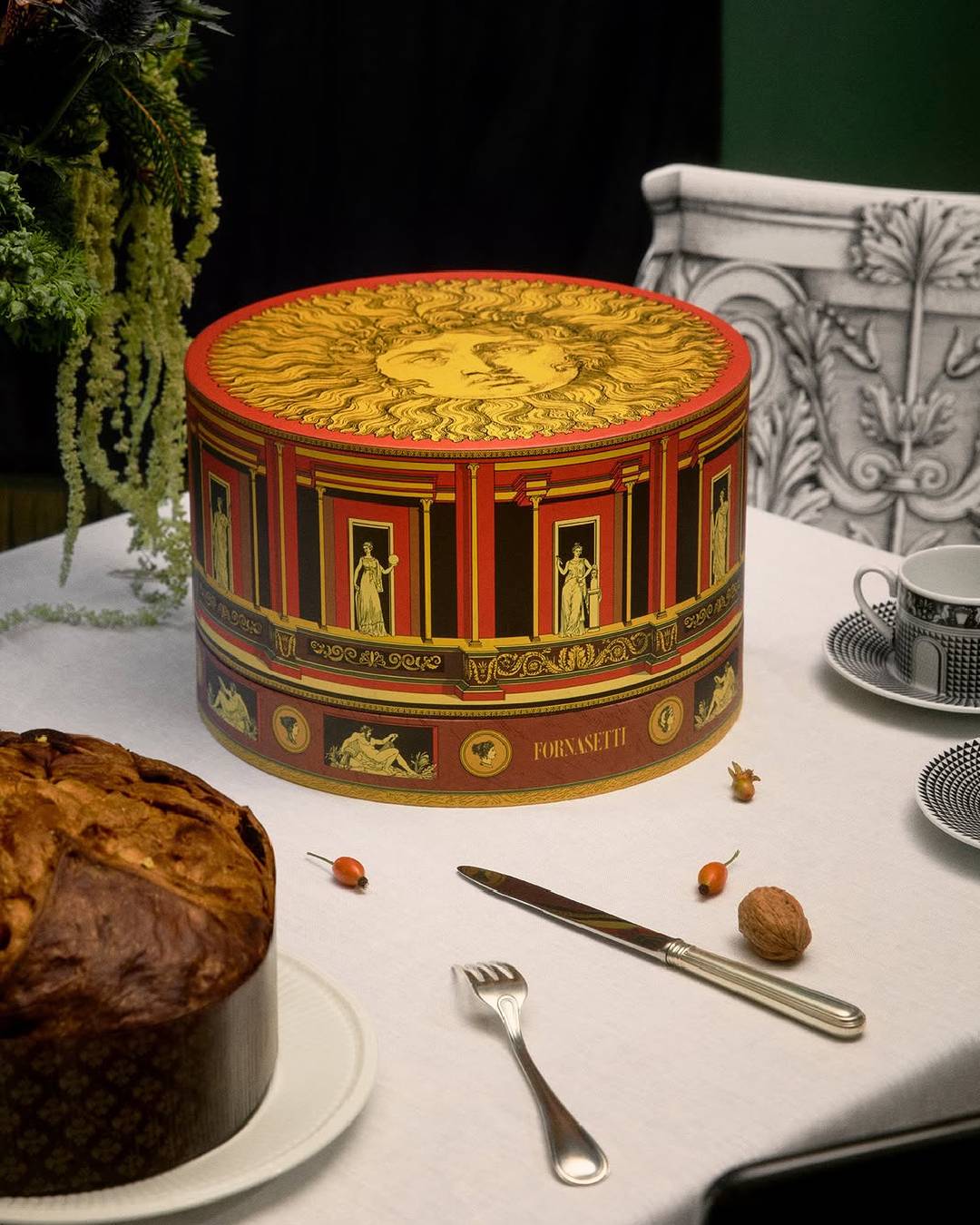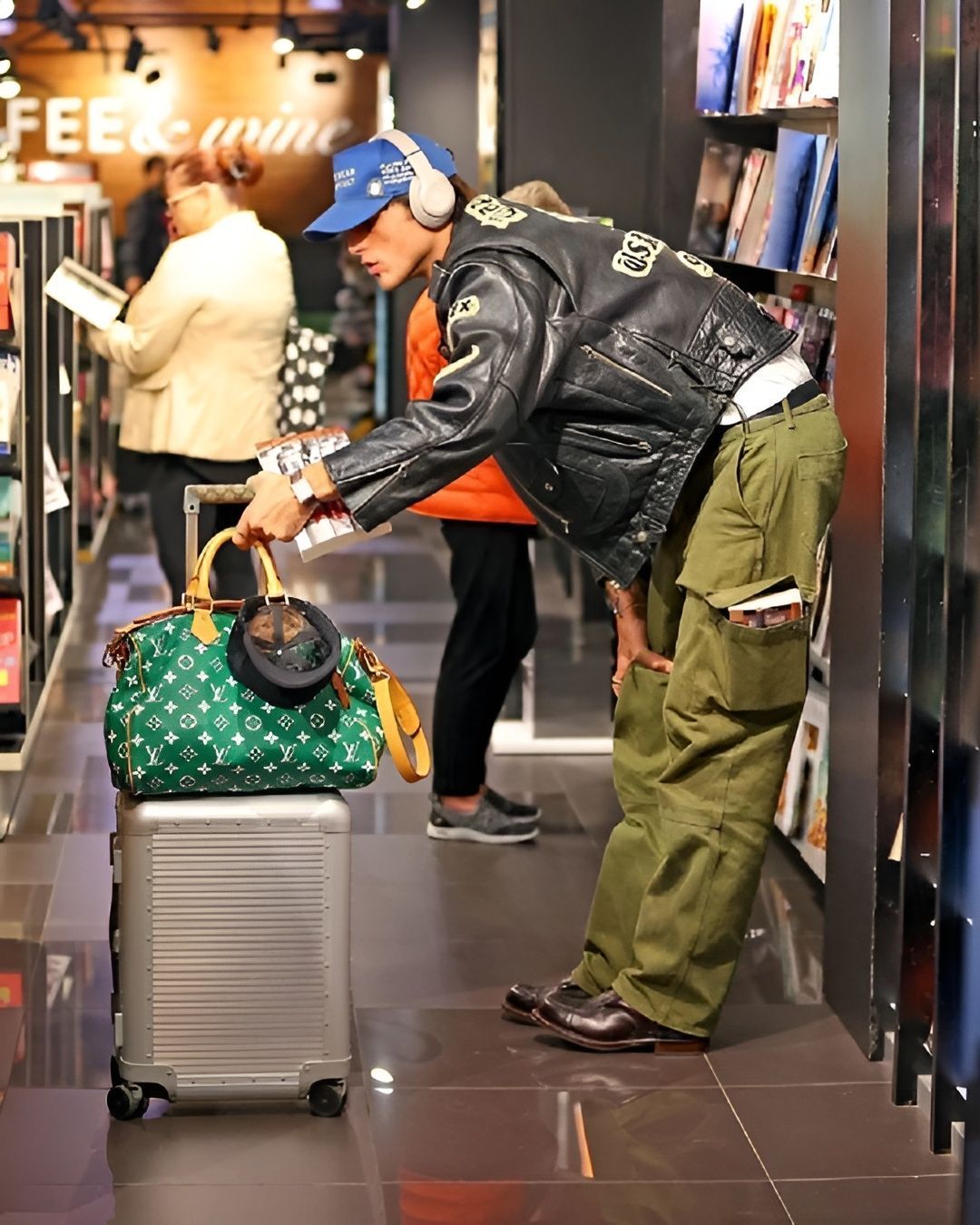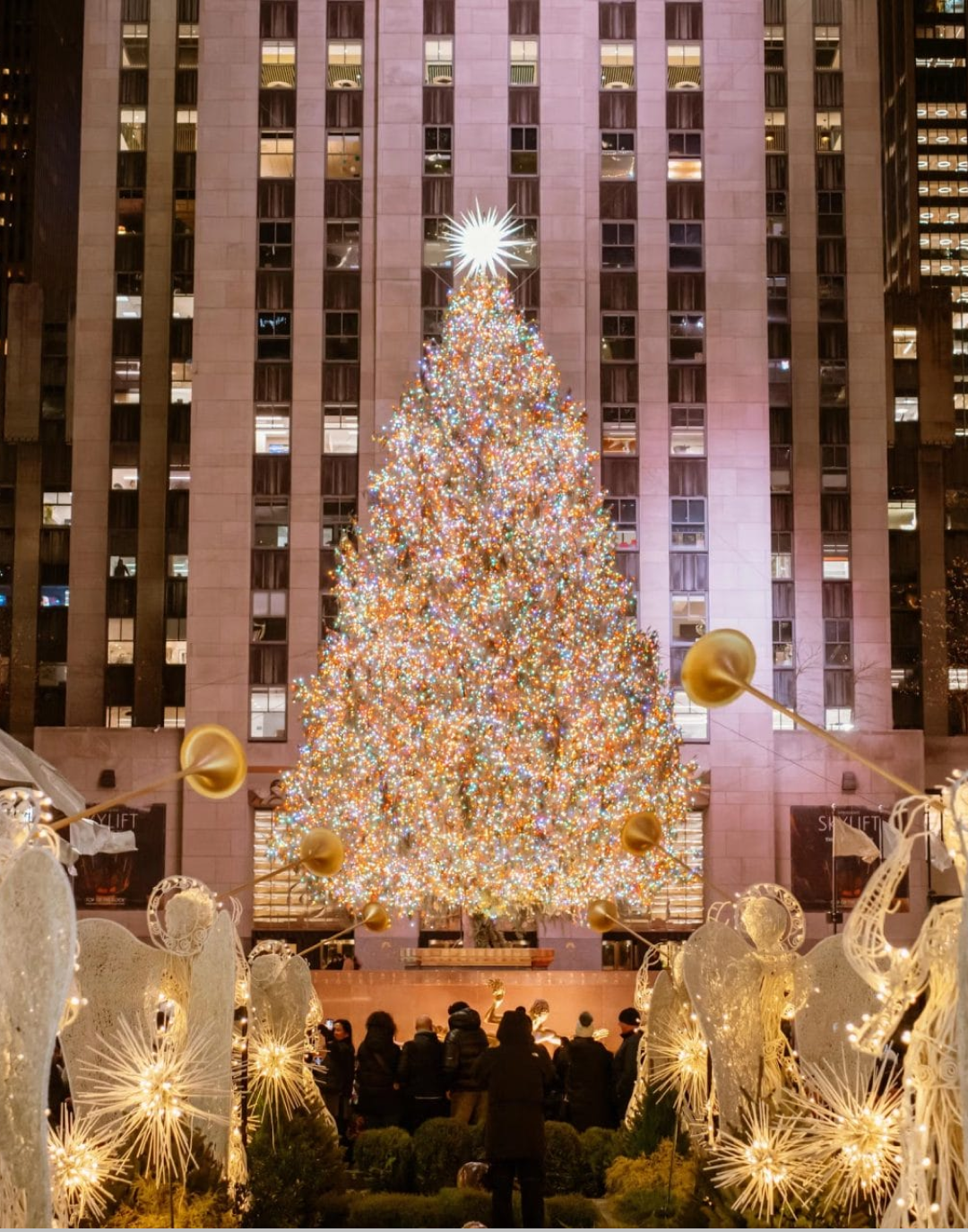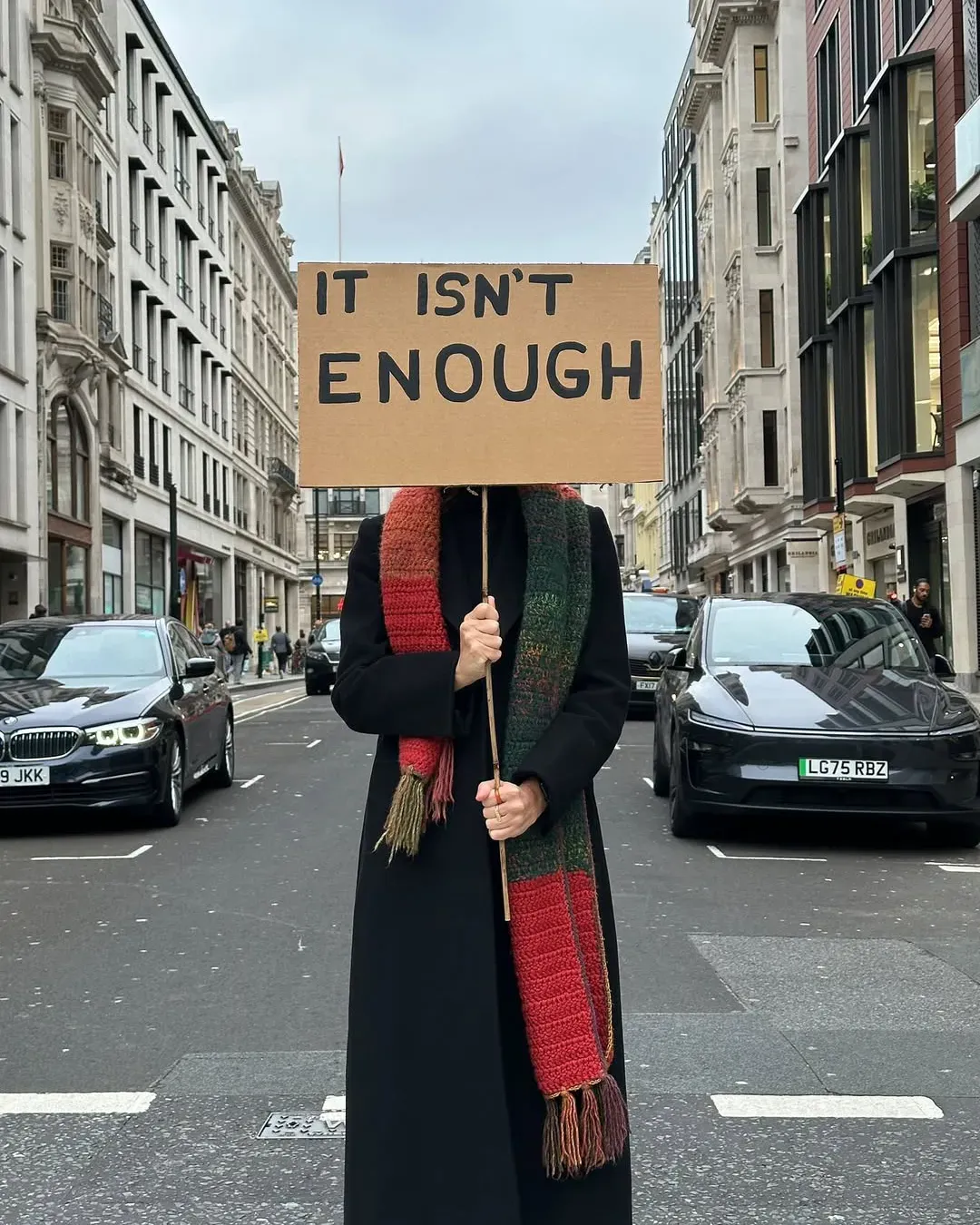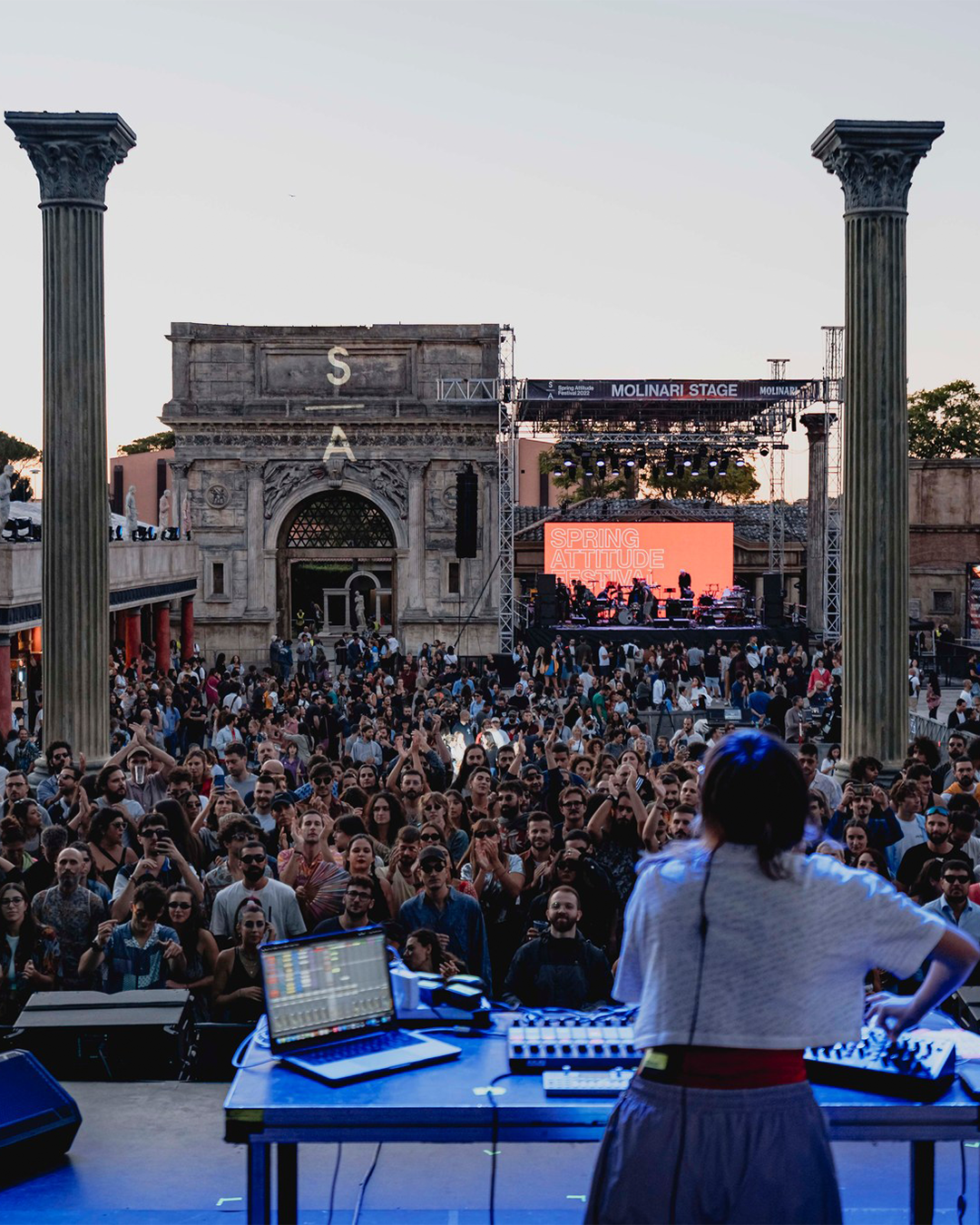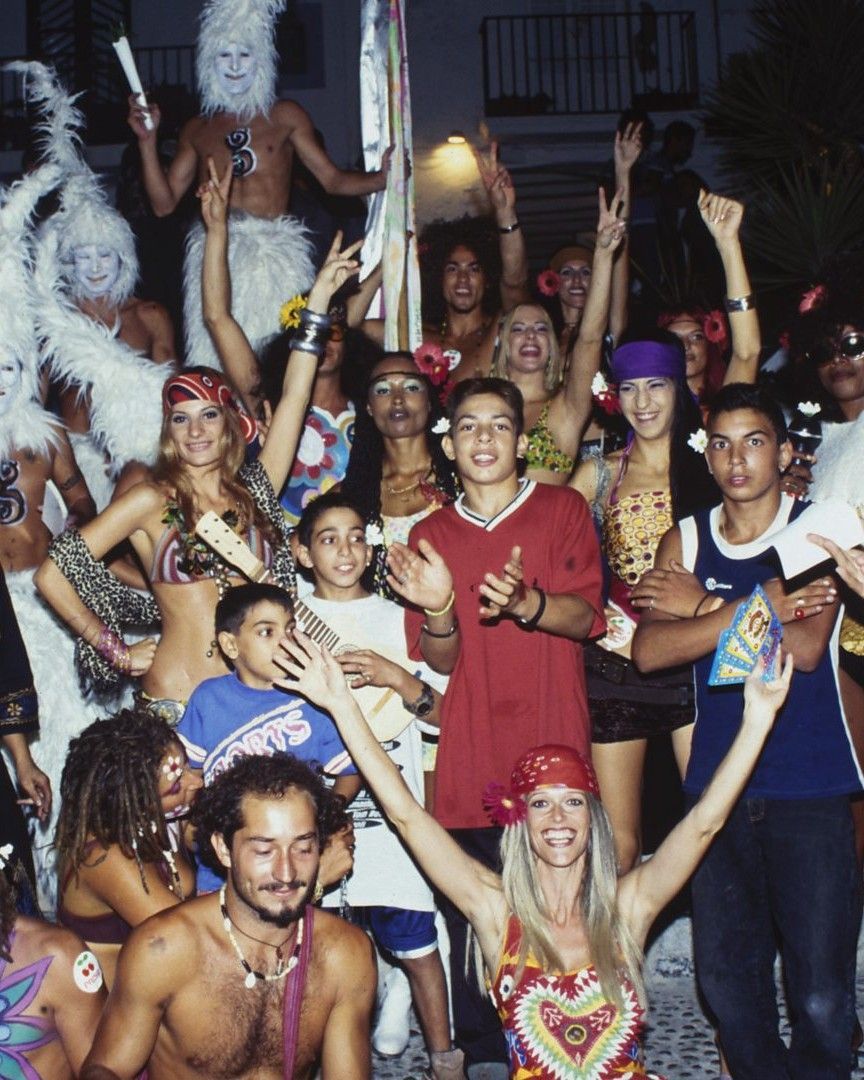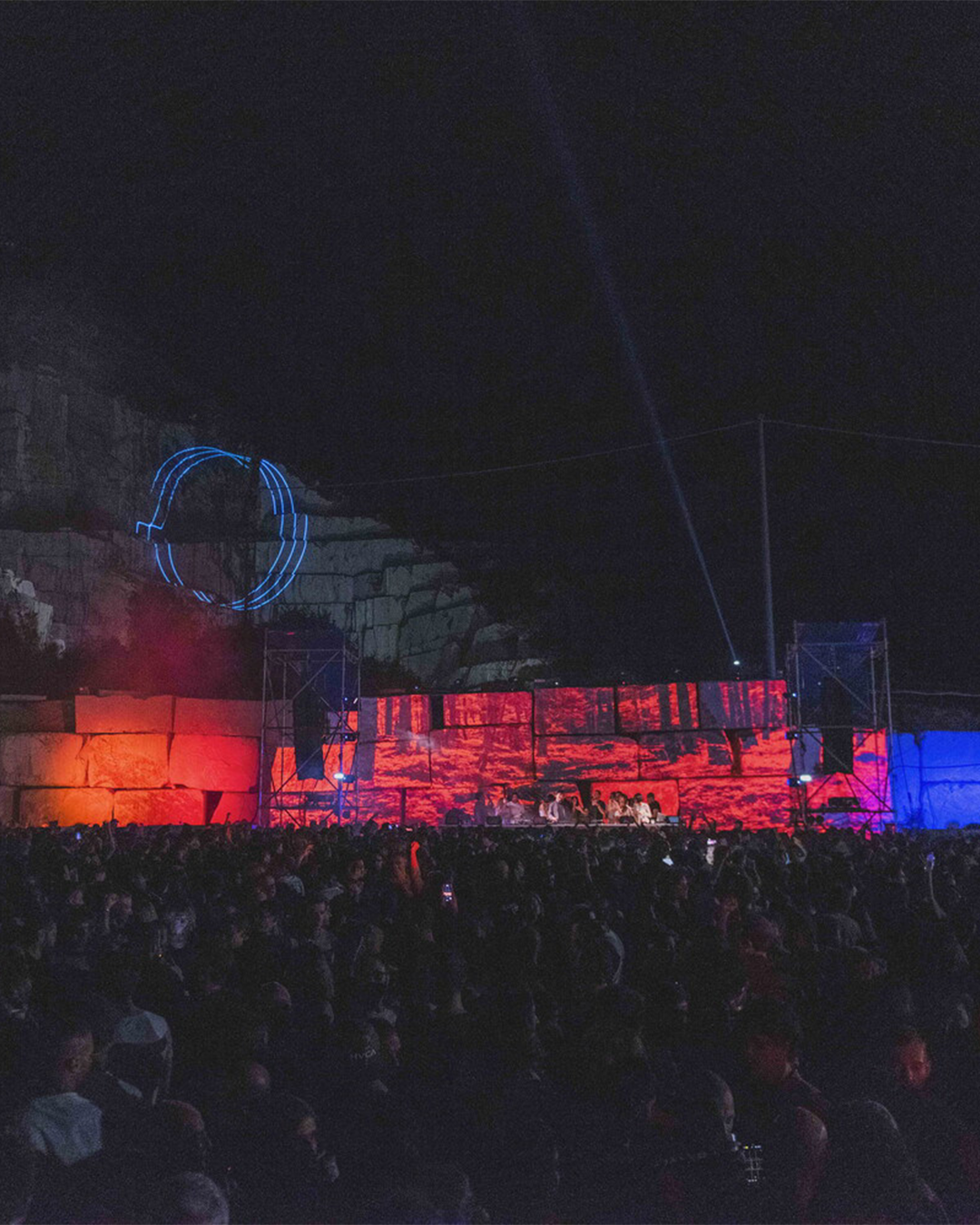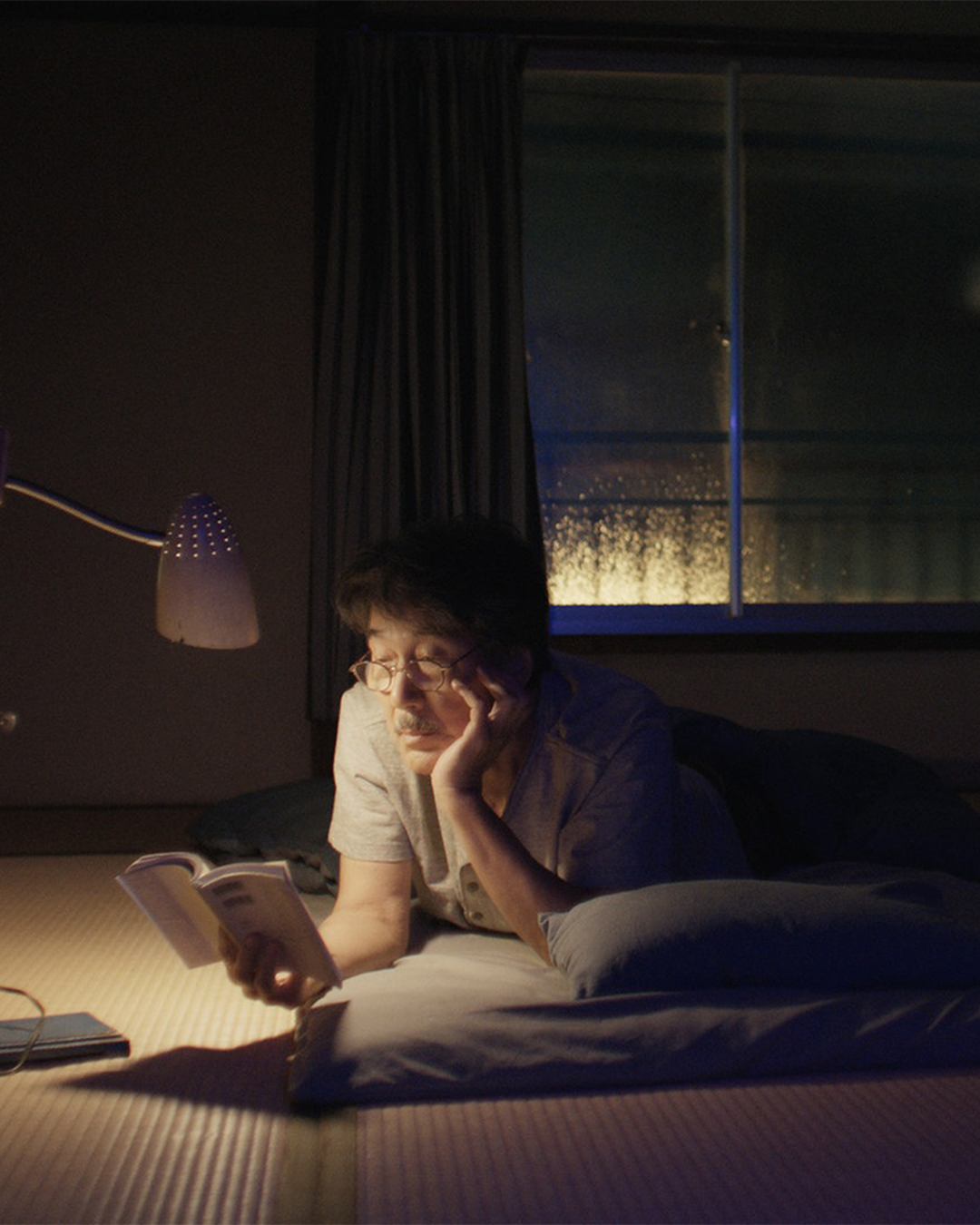
Why can't we live without rituals and ceremonies? From those for the pope's funeral to those for the inauguration of a government, to simple toasts
On the occasion of the death of Pope Francis, as with other solemn events typical of civil and religious institutions, a long series of ancient rituals were enacted – often observed with curiosity (and sometimes with a certain detachment), especially by younger generations. These ceremonies, although seemingly self-contained, express a specific human need – deeper and more universal: the need to come to terms with reality and everyday life through shared and symbolic acts. Although the liturgical apparatus of the Catholic Church represents one of the most recognizable manifestations of this universal need, rituals as such do not belong solely to the religious sphere. In fact, if we pay attention, they affect many aspects of social life. A ritual is also, quite simply, the act of a toast: raising glasses, clinking them together, and only then drinking – in some cases, remembering to first rest the base of the glass on the table, without making eye contact with someone doing it with a non-alcoholic beverage. In this seemingly ephemeral gesture, if we look closely, we find the fundamental elements of every ritual: repetition, symbolism, and synchronization of participants. The same characteristics are also present in the most solemn and institutionalized ceremonies, such as the opening of the Olympic Games, the swearing-in of a new Prime Minister, or, indeed, the funeral of a pontiff.
What science says
The Sistine Chapel closes. The world holds its breath.
— The Tablet (@The_Tablet) April 28, 2025
Inside, 135 cardinals vote in silence for the next leader of 1.4 billion Catholics.
Here's how the conclave works, and why it still shapes history today.
We've covered 11 conclaves. Trust us to cover the 12th.#Conclave2025 pic.twitter.com/BXIIBEZIVA
For a long time, anthropology – the discipline that studies human beings while also considering cultural and social aspects – has documented the presence and importance of rituals in all religions and more broadly in all civilizations. The truth is that there are no cultures without more or less codified ceremonies. Specifically, rituals are tools of social cohesion through which communities indirectly emphasize their values, face changes, process pain, and reaffirm their identity. One of the main functions of ceremonies is to manage the critical transitions of individual and collective life: in the case of death, for example, the function of a funeral is not only to pay tribute to the deceased but also to offer the community a symbolic moment through which to process grief.
@notalabamahannah one of my trip highlights! We went when we were in Kyoto & booked through @GetYourGuide but there are tons of great options online #kyoto #japantravel #teaceremony #creatorsearchinsights Solo piano Ghibli style melancholy waltz(1527157) - MaSssuguMusic
Even fashion shows, in some ways, can be considered a ritual, since they respond to many of the typical characteristics of ceremonies, including cyclicality, sometimes forced. It’s no coincidence that in 2020 Alessandro Michele, when he was creative director of Gucci, announced that he would only present collections twice a year and said he wanted to abandon “the tired ritual of seasonality”. Indeed, there are many rituals that – even if not always recognized as such – develop in completely secular contexts. In some cases, moreover, they have only been around for a relatively short time. In Italy, for example, since 1996, the so-called “bell ceremony” marks the swearing-in of a new government, where the outgoing Prime Minister hands over to the successor the tool used to open and regulate Cabinet meetings (a bell, indeed). Other relatively modern rituals that serve a similar function to religious rites include the changing of the guard or civic celebrations like April 25th or June 2nd – again, in Italy. Rituals, however, are never “neutral”: they can include or exclude, reinforce hierarchies or challenge them, consolidate power or question it. Furthermore, rituals are not only a collective matter but also an individual one. Human beings, by nature, organize time and their presence in space according to logics that often go beyond mere utility. Each person, sometimes unconsciously, puts into practice small personal liturgies in everyday life, which offer a sense of control and structure to the day. But even when they appear anachronistic or purely formal, rituals always refer – in one way or another – to the human condition.


